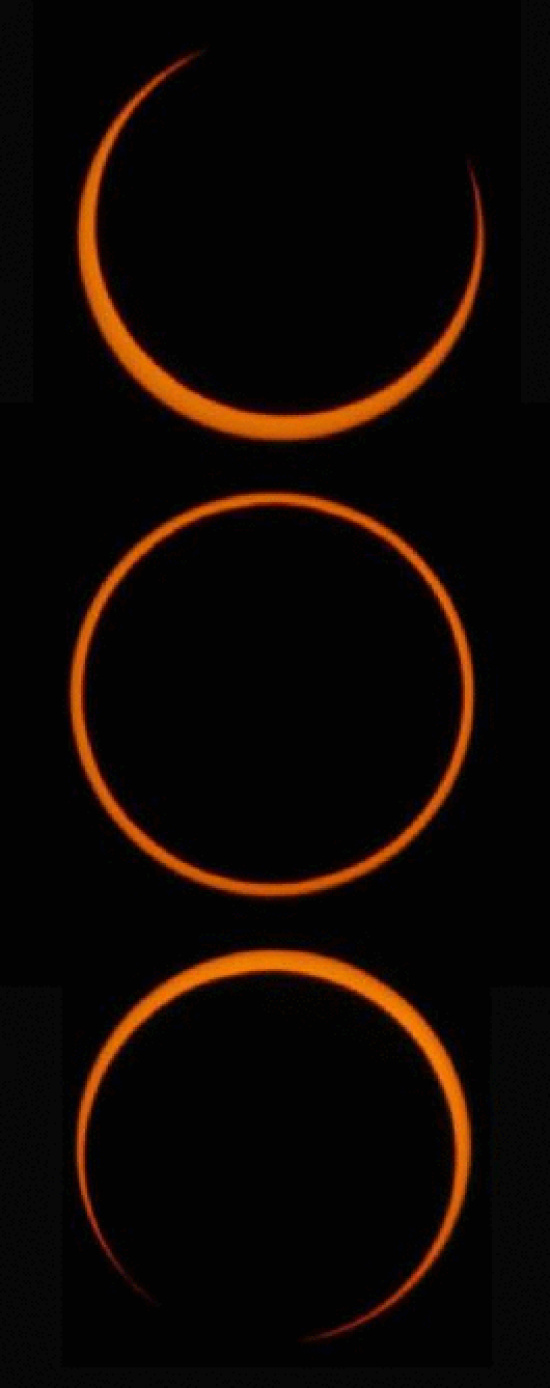
On May 20th, Eureka steals the spotlight as one of the first major US Cities to see the annular eclipse of the sun. This is where the moon appears smaller than the sun but slides in front blocking most of the light but leaving a halo or ring of fire around the outside. Not only that but the total eclipse will not be visible south of Garberville or much north of the Oregon border so those wishing to view this on the coast have a limited area to choose from.
Tip, check out where the sun is setting now to get an idea of whether buildings or trees will block your view. You might want to opt for a ridge or other unobstructed spot to guarantee that this rare sight will be easily viewable.
This is an extremely rare event. The last time California hosted a solar event of this magnitude was in 1930. We won’t see another eclipse until 2045. Bundle the kids out from in front of the tv. Herd your husband/wife away from cooking dinner. You won’t forget this special sky extravaganza!
In Eureka, the eclipse will start at 5:10P.M. Reach its maximum at 6:28 P.M. and end at 7:37 P.M. The sunset comes at around 8:30 P.M. that day so the whole evening should be extraordinary… if the weather is clear.
Here are two events that should cover either the scientist or the party type:
The Astronomers of Humboldt invites the public to observe the eclipse at the Kneeland Airport. They suggest arriving around 4:30 pm. Their site says, “The partial phase begins at 5:09 pm, annularity occurs between 6:26 and 6:30, and the eclipse ends at 7:36. Bring a picnic dinner; it it is clear we plan to stay on and hold a dark-sky observing session afterward.”
Arcata plans to rock in the eclipse with a party on 9th Street featuring “featuring giant puppets, stilt walkers, a kids area, food & craft booth, music by Absynth Quintet, Arcata Interfaith Gospel Choir, Lonesome Roses, Samba Da Alegria & more.”
——————
For more see Redwoods.info
The photo came from the same site.
CLICK TO MANAGE